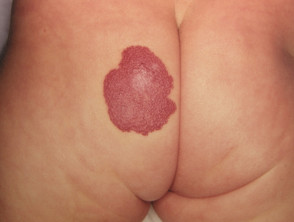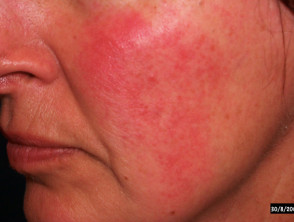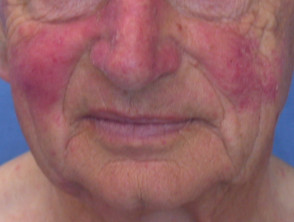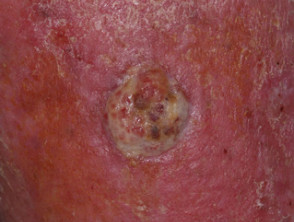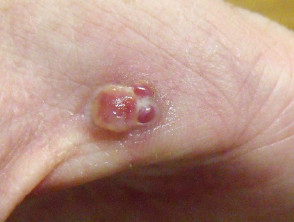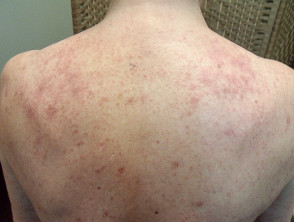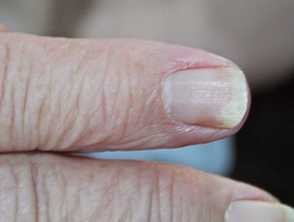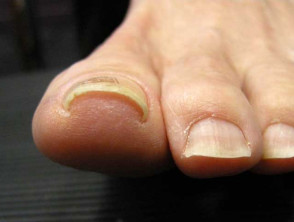What are beta-blockers?
Beta-blockers are medications that antagonize the effects of adrenaline and noradrenaline by blocking adrenergic receptors.
Beta-blockers are used mainly for the treatment of cardiovascular diseases and glaucoma. Their use in dermatology is increasing for a variety of conditions.
How do beta-blockers work?
Two classes of beta-blocker are currently used in clinical practice: cardio-selective (beta-1 receptor-selective) and non-selective (beta-1, beta-2, and/or alpha-1 receptor) beta blockers.
Blockade of cardiac beta-1 adrenergic receptors results in decreased heart rate and blood pressure. Blockade of beta-2 adrenergic receptors causes the relaxation and dilatation of peripheral blood vessels, resulting in decreased blood pressure.
Commonly used examples of cardio-selective beta-blockers include:
- Atenolol
- Bisoprolol
- Metoprolol
- Nebivolol.
Non-selective beta-blockers include:
- Propranolol
- Carvedilol
- Timolol
- Labetalol.
What are the clinical uses for beta-blockers?
Beta-blockers may be administered orally (immediate or controlled release), intravenously, or topically as eye drops.
The current approved uses of beta-blockers in medicine are summarised below.
Cardiovascular disease
- Hypertension
- Cardiac arrhythmias
- Congestive heart failure
- Coronary artery disease and/or myocardial infarction.
Metoprolol, bisoprolol, and carvedilol are prescribed for cardiovascular disease.
Neurological disease
- Benign essential tremor
- Migraine prophylaxis.
Miscellaneous
- Anxiety
- Hyperthyroidism
- Pheochromocytoma
- Haemangiomas
- Ophthalmic glaucoma.
Propanolol is used for anxiety, essential tremors, migraine prophylaxis, and haemangiomas.
Ophthalmic timolol drops are applied topically onto the eye for glaucoma. Use of topical timolol in dermatology is off-label.
Use of beta-blockers in dermatology
Infantile haemangioma
Oral propranolol is FDA-approved for large or life-threatening infantile haemangioma (see Propranolol for infantile haemangioma). Topical timolol is used for smaller haemangiomas.
Rosacea
Small case series have demonstrated improvement in the flushing and persistent erythema of rosacea using oral carvedilol. Topical timolol seems to be less effective.
Skin conditions treated with beta-blockers
Pyogenic granuloma
Topical timolol has been reported to clear pyogenic granuloma in most, but not all, cases.
Kaposi sarcoma
A small number of cases have described successful treatment of Kaposi sarcoma using topical timolol in both HIV-positive and HIV-negative cases.
Chronic leg ulcer
Several case series using topical timolol have reported improved wound healing in chronic diabetic and venous leg ulcers.
Skin conditions treated with beta-blockers
What are the adverse effects of beta-blockers?
The side effects of beta-blockers occur primarily due to their anti-adrenergic effect.
Common adverse effects of beta blockers include:
- Bradycardia
- Hypotension
- Fatigue
- Nausea
- Dizziness.
Adverse effects may also occur if regular beta-blocker therapy is abruptly ceased. This is due to beta-blockers inducing up-regulation of beta-adrenergic receptors in the body.
Abrupt withdrawal of beta-blockers can induce:
- Palpitations
- Tremor
- Sweating
- Anxiety
- Angina.
What are the cutaneous adverse effects of beta-blockers?
Psoriasis
Beta-blockers are a well-recognised trigger to exacerbate or precipitate psoriasis.
- Typical de novo drug-induced psoriasis may manifest as pustular psoriasis in the absence of joint or nail changes.
- Studies suggest that exacerbations of psoriasis due to beta-blockers are more likely to occur in patients 50 years of age or older.
- Beta-blockers may lead to treatment-resistant psoriasis in patients with pre-existing psoriasis.
Raynaud phenomenon
Exacerbation of Raynaud phenomenon is commonly reported in patients taking a beta-blocker.
- Exacerbations are far more commonly implicated with non-selective beta blockers than beta-1 selective blockers.
- Beta-blockers should be avoided or used cautiously in patients with severe Raynaud symptoms.
Alopecia
Alopecia due to beta-blockers is a telogen effluvium, a reversible thinning of the hair.
- Propranolol is commonly implicated in drug-induced alopecia.
- Timolol eyedrops have also been reported to cause telogen effluvium.
Nail deformity
- Psoriatic nail changes such as onycholysis, pitting, splitting, discolouration, and thickening can be induced by systemic beta-blockers.
- Pincer nail deformity, a transverse nail curvature, has been reported in a very small number of cases, with resolution after cessation of the beta-blocker. It can be associated with psoriasis.
Lichenoid drug eruptions
- Lichenoid drug eruptions can be caused by most beta-blockers.
- It is thought to occur primarily due to the accumulation of necrotic keratinocytes.
Other reported adverse reactions to beta-blockers include:
- Drug-induced lupus erythematosus
- Exacerbation of vitiligo (particularly segmental vitiligo)
- Drug-induced hyperhidrosis
- Contact dermatitis.
Cutaneous adverse effects of beta-blockers
